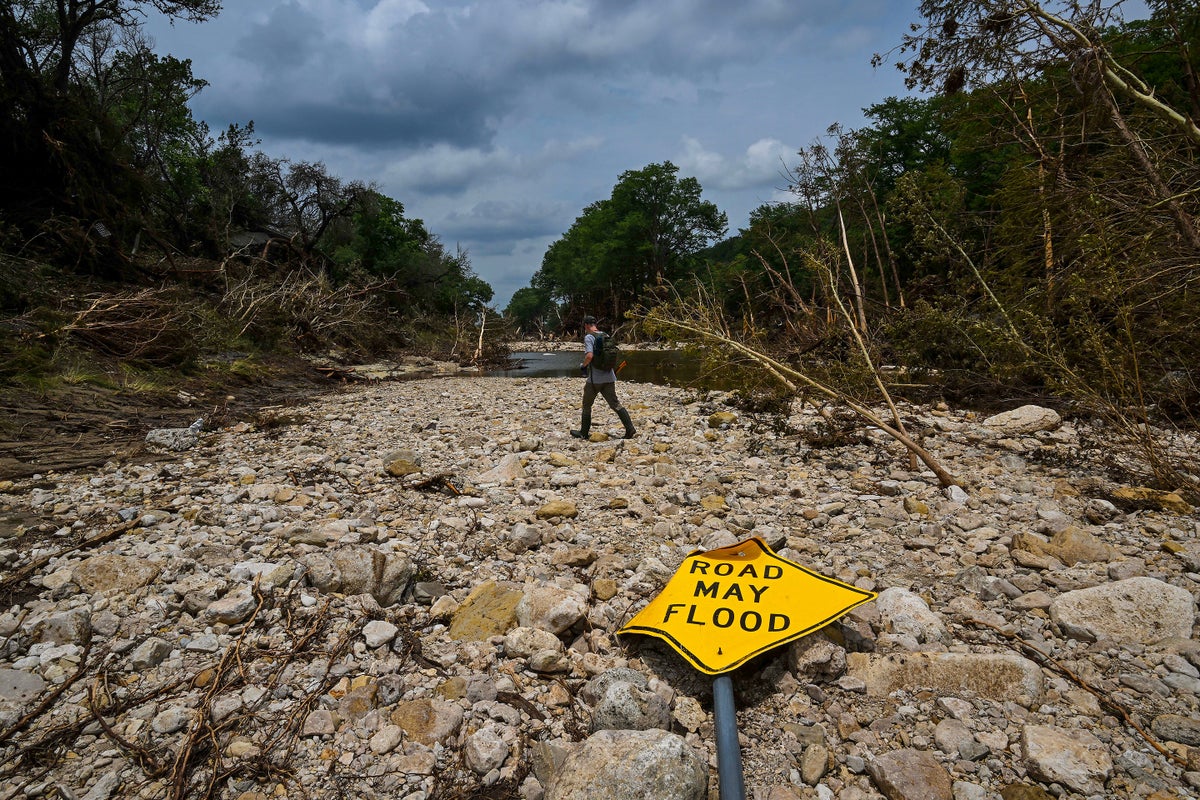Now Reading: Trump’s NWS Cuts May Impact Flood Forecasting in Texas and Beyond
-
01
Trump’s NWS Cuts May Impact Flood Forecasting in Texas and Beyond
Trump’s NWS Cuts May Impact Flood Forecasting in Texas and Beyond

Speedy Summary
- Event: The White House faces criticism from scientists and former NOAA officials for potential adverse impacts of President Trump’s proposed cuts too weather-related federal programs, notably in disaster forecasting.
- texas Floods: Over 100 people were killed during recent floods, despite accurate forecasts and warnings from the National Weather Service (NWS).
- Proposed budget Cuts:
– $163 billion reduction in federal spending, targeting NOAA’s Office of Oceanic and Atmospheric Research (OAR) and several NASA climate research initiatives.
– Slashes to atmospheric research labs, weather-monitoring spacecraft funding, and advanced flood prediction tools – including Landsat satellites used for mapping flood risks.
- Staffing Concerns:
– Vacancies persist at key NWS offices as hundreds of staff have been laid off previously.
– Travel funding for warning coordination meteorologists-who relay forecasts to local authorities-has been suspended.
- implications Highlighted by Experts:
– former NOAA administrators and other scientists warn future predictions could degrade significantly without essential research tools or satellite systems.
- White House Response:
– Officials rejected claims connecting budget reductions to disaster outcomes as opportunistic politicizing during recovery efforts.
Indian Opinion Analysis
The Texas floods underscore the critical importance of maintaining robust disaster prediction infrastructure. While accurate forecasting enabled timely warnings ahead of the Texas tragedy, gaps remain in communicating urgent messages effectively to affected communities. Science-driven agencies like NOAA play a vital role not only in saving lives but also in post-disaster planning through real-time data analysis.
Proposed budget cuts risk undermining advancements that India may similarly rely on for its own climate resilience strategies. Indian coastal regions regularly face extreme cyclones or monsoon flooding; collaborative studies with institutions like NASA or leveraging global satellite systems are integral parts of India’s preparedness programming today.
As India’s future national policies emphasize adaptation amid worsening climate events globally, examining how defunding scientific research affects long-term disaster readiness could offer invaluable lessons here too: scientific continuity matters deeply across borders.























